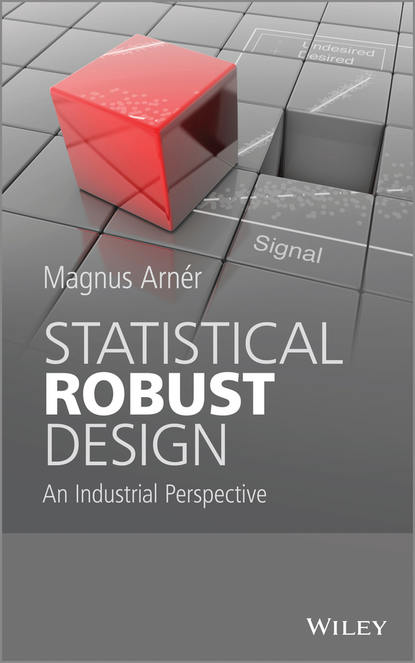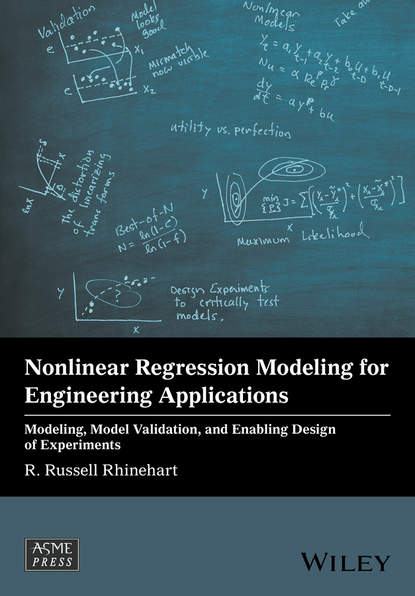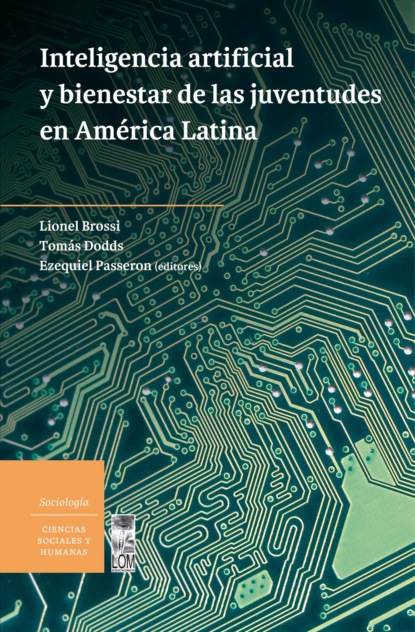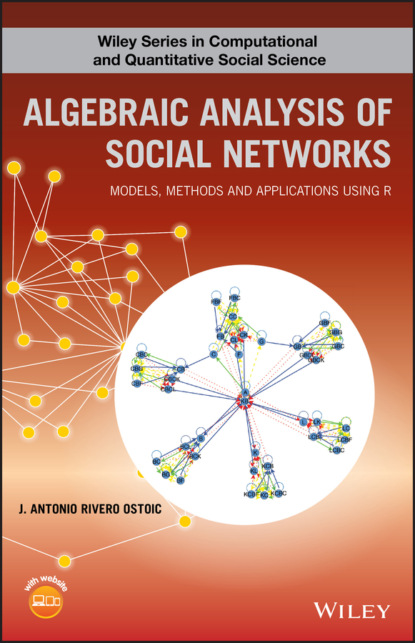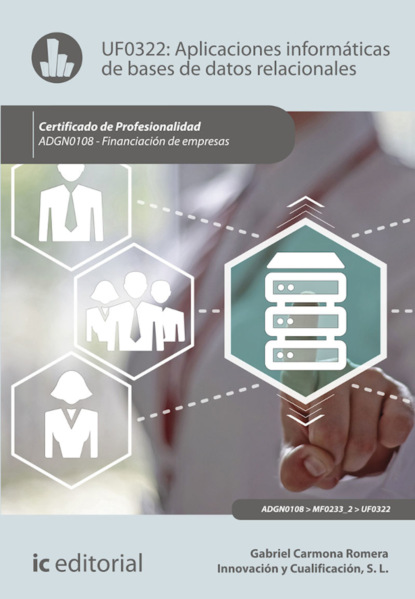Книга "Logic as a Tool: A Guide to Formal Logical Reasoning" предназначена для студентов математики и компьютерных наук и поможет им понять и освоить классическую логику как инструмент для правильного рассуждения. Она предлагает систематическое и точное изложение классической логики с множеством примеров и упражнений, а также только необходимый минимум теории. Книга объясняет грамматику, семантику и использование классических логических языков и учит читателя понимать и переводить их на естественный язык. Она иллюстрирует с помощью обширных примеров использование наиболее популярных дедуктивных систем - аксиоматических систем, семантических таблиц, естественного вывода и резолюции - для формализации и автоматизации логического рассуждения как на уровне пропозициональной логики, так и на уровне логики первого порядка и обеспечивает читателя техническими навыками, необходимыми для практических выводов в них. Книга предлагает систематические рекомендации по выполнению логически корректного и хорошо структурированного рассуждения с использованием этих дедуктивных систем и техник рассуждения, которые они применяют. Книга содержит множество упражнений с ответами и дополнительными материалами на сайте https://logicasatool.wordpress.com.
Электронная Книга «Logic as a Tool. A Guide to Formal Logical Reasoning» написана автором Valentin Goranko в году.
Минимальный возраст читателя: 0
Язык: Английский
ISBN: 9781118880050
Описание книги от Valentin Goranko
Written in a clear, precise and user-friendly style, Logic as a Tool: A Guide to Formal Logical Reasoning is intended for undergraduates in both mathematics and computer science, and will guide them to learn, understand and master the use of classical logic as a tool for doing correct reasoning. It offers a systematic and precise exposition of classical logic with many examples and exercises, and only the necessary minimum of theory. The book explains the grammar, semantics and use of classical logical languages and teaches the reader how grasp the meaning and translate them to and from natural language. It illustrates with extensive examples the use of the most popular deductive systems – axiomatic systems, semantic tableaux, natural deduction, and resolution – for formalising and automating logical reasoning both on propositional and on first-order level, and provides the reader with technical skills needed for practical derivations in them. Systematic guidelines are offered on how to perform logically correct and well-structured reasoning using these deductive systems and the reasoning techniques that they employ. •Concise and systematic exposition, with semi-formal but rigorous treatment of the minimum necessary theory, amply illustrated with examples •Emphasis both on conceptual understanding and on developing practical skills •Solid and balanced coverage of syntactic, semantic, and deductive aspects of logic •Includes extensive sets of exercises, many of them provided with solutions or answers •Supplemented by a website including detailed slides, additional exercises and solutions For more information browse the book's website at: https://logicasatool.wordpress.com



